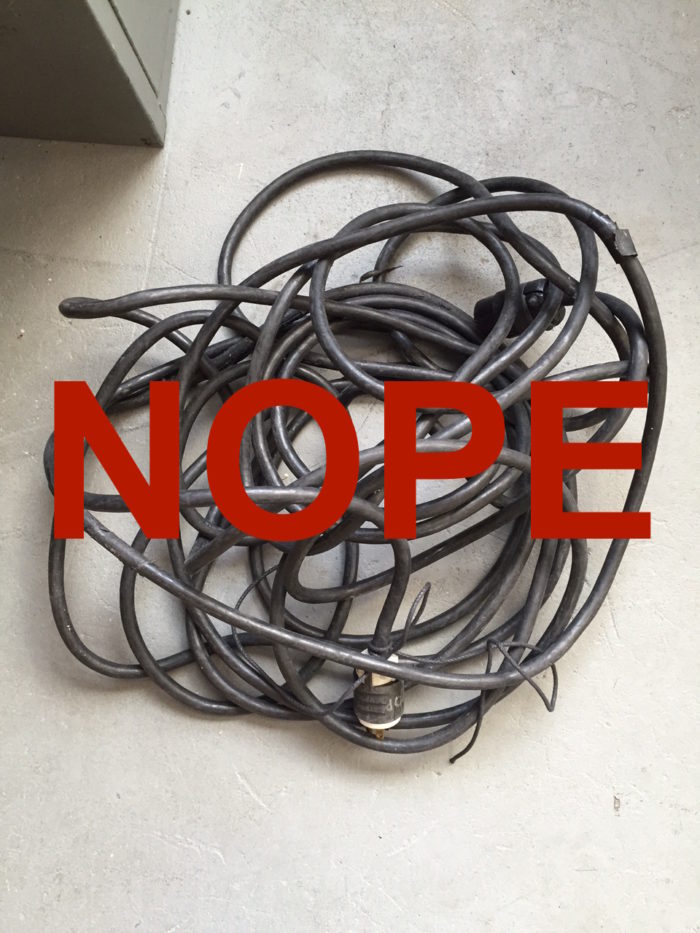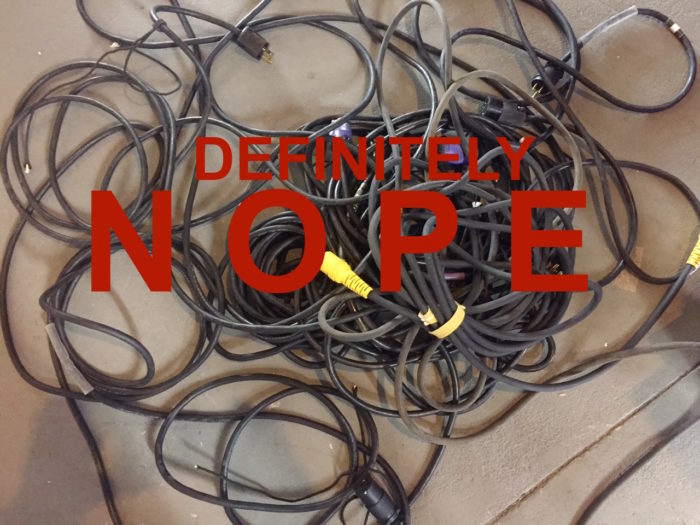It is widely assumed that around 10,000 years ago along the banks of the Euphrates river in what is now modern day Iraq, farmers dredging for agriculture began finding lumps in the soil. It was the New Stone Age and finding stones was, well, pretty normal since it was the Stone Age – but these stones were different. They were highly compacted nuggets that had an otherworldly greenish hue to them. THEY WERE COPPER, DUDE. Finally, people could start to move away from having to use the ol’ stone, bone and wood for everything. Much like many of the confused and depressed preteens from my home town, they were now entering their metal phase. So they started digging.
Enter that wacky bunch: The Romans. They realized that mining at an angle was easier than just digging a hole straight down (duh). They also created an early process of smelting the ore into a more compact, shiny, shapeable copper. They heated the rock with fire until it began to crack then poured water onto it to cause disintegration while chipping away at it. Then they could hammer it into funny little hats or bowls or whatever.
I know what you’re thinking. “Jesus, why am I reading this boring blog? Expressway, you need to get it together.” But look, I did a lot of research so consider it a favor that I’m not going off about the smelting pits at Neath Abbey or the Punic Wars or any of that irrelevant nonsense known as human history. Valuable information is coming up so just chill out.
You see, copper is the most widely used conductor of electricity in the world (since moving from brass, and prior to that iron). There are several reasons for this. First and foremost, copper is one of the best conductors due to the fact that it allows its electrons to easily detach, causing a chain reaction of little buddies (free electrons) all running down the hall of electricity together throwing their hats in the air singing that Alice Cooper song. For this reason, all 3 wire A/C extension cables, more commonly known as stingers, are comprised of 3 twisted copper wires (a positive, a neutral and a ground) which are gradually twisted around themselves and wrapped in a nice rubber jacket to protect them from being damaged.


They are twisted that way during the manufacturing process to lengthen the lifespan of the cable. That means there is a “memory” to the coil of the stinger. It wants to coil a certain way and going against that not only can damage the copper rifling over time but makes it near impossible to coil for the next person. So when you are wrapping a stinger into a coil you’ll always, ALWAYS want to coil in a clockwise over-over manner. See below to watch the beautiful magic unfold.

*Note: Other cables, such as BNC and DMX/ XLR cables are wrapped oppositely, in an over-under technique. This is because BNC is a copper center core that is surrounded by a braided sheath and DMX/ XLR cables are not twisted during production.
What’s In the Box
For whatever reason, there seems to be constant confusion about this out there, especially for younger professionals coming out of film school where often, these practices are taught incorrectly. I remember when I was in film school, the head of our equipment check-out was insistent on having every student employee learn how to do it “the right way” which was, of course, the wrong way. I actually googled ‘how to wrap a stinger” and the top results are videos by someone known as “The Frugal Filmmaker” who informs everyone how to do it the “right (read: definitely wrong) way” and make everyone hate you on set. I didn’t find it especially concerning until I noticed he has almost 30,000 views on the video! That’s 30,000 people who are possibly going to be on your set. All of them … blowing it.
Look, I have untangled and re-coiled countless CVS bags full of rat’s nest stingers and while, yes, it is a great exercise and I love the time to catch up with my thoughts, it also gives me hives. Unless you’re planning on trawling your stingers across the bottom of the ocean in search of shrimp or stopping burglars by tripping them up like some sort of Home Alone house, do it the actual right way and I won’t have to spend so much money on calamine lotion.
*Note: Over-Over does not mean wrapping it over your shoulder. Remind yourself of the above GIF.
In closing, I can understand how wrapping a stinger properly could feel like the least important thing to familiarize yourself with on a set. However, if someone asks for your help wrapping up stingers at the end of a shoot day and you don’t know how to do it, don’t do it wrong and bury it deep down in a milk crate like your emotions or your secret love for Justin Bieber’s new album. Please, ask someone how to do it properly. Asking how to do something won’t get you fired but doing it wrong can. People will not shame you or laugh at you or throw rocks at you because everyone, deep down inside, loves Justin Bieber’s new album, but all of those horrible things will definitely happen if you do it the wrong way. I’m just saying.
Written By: Kevin Gray – Expressway Shop Technician

Using only his lucky wooden spoon, Kevin has carved out small living quarters inside the walls of Expressway where he resides with his cat, a sleeping bag and two trash bags full of raisins. He continually attempts to use his multimeter as a cell phone. Please, no one correct him.